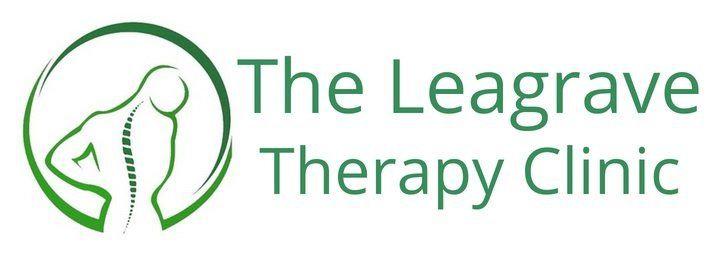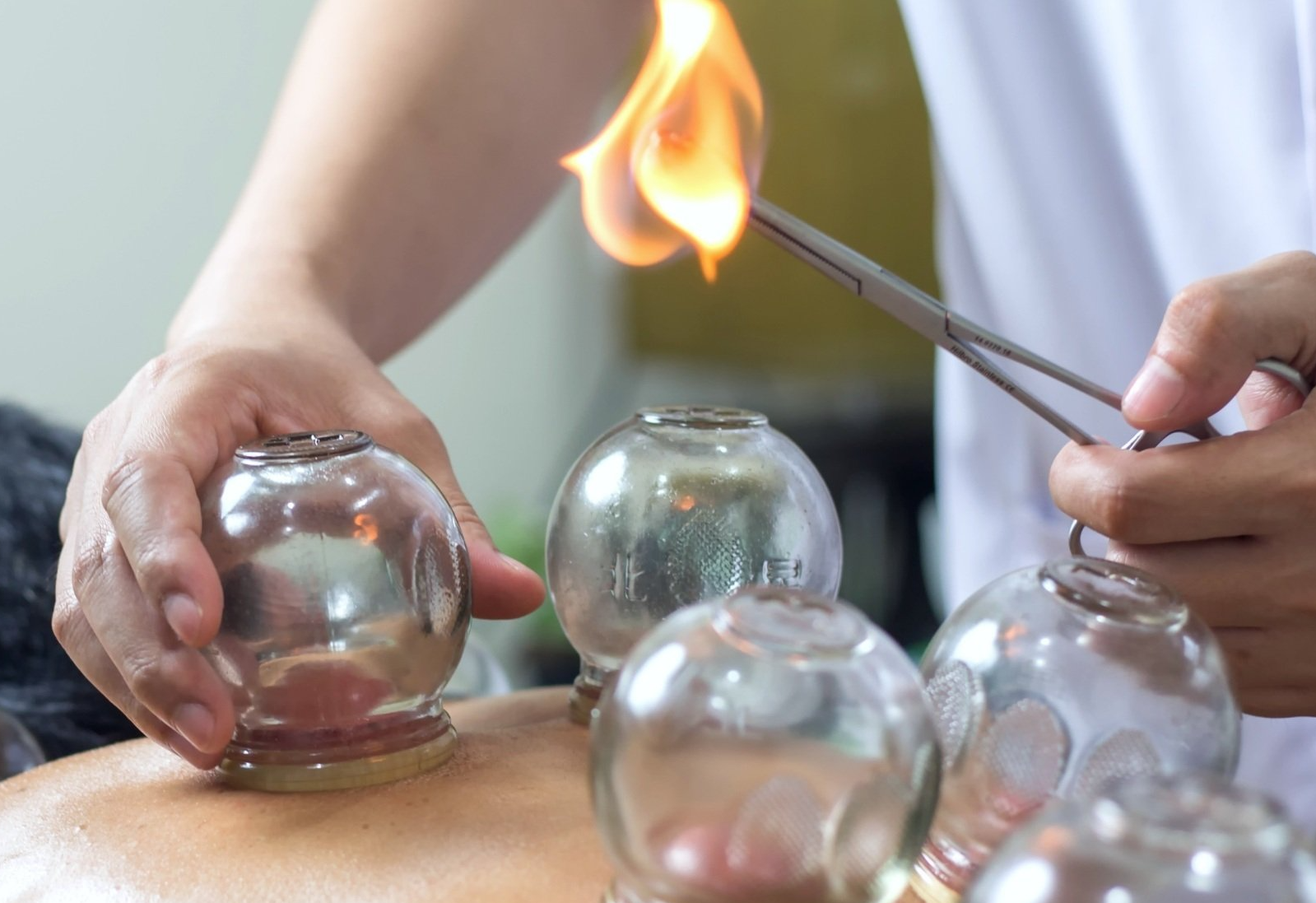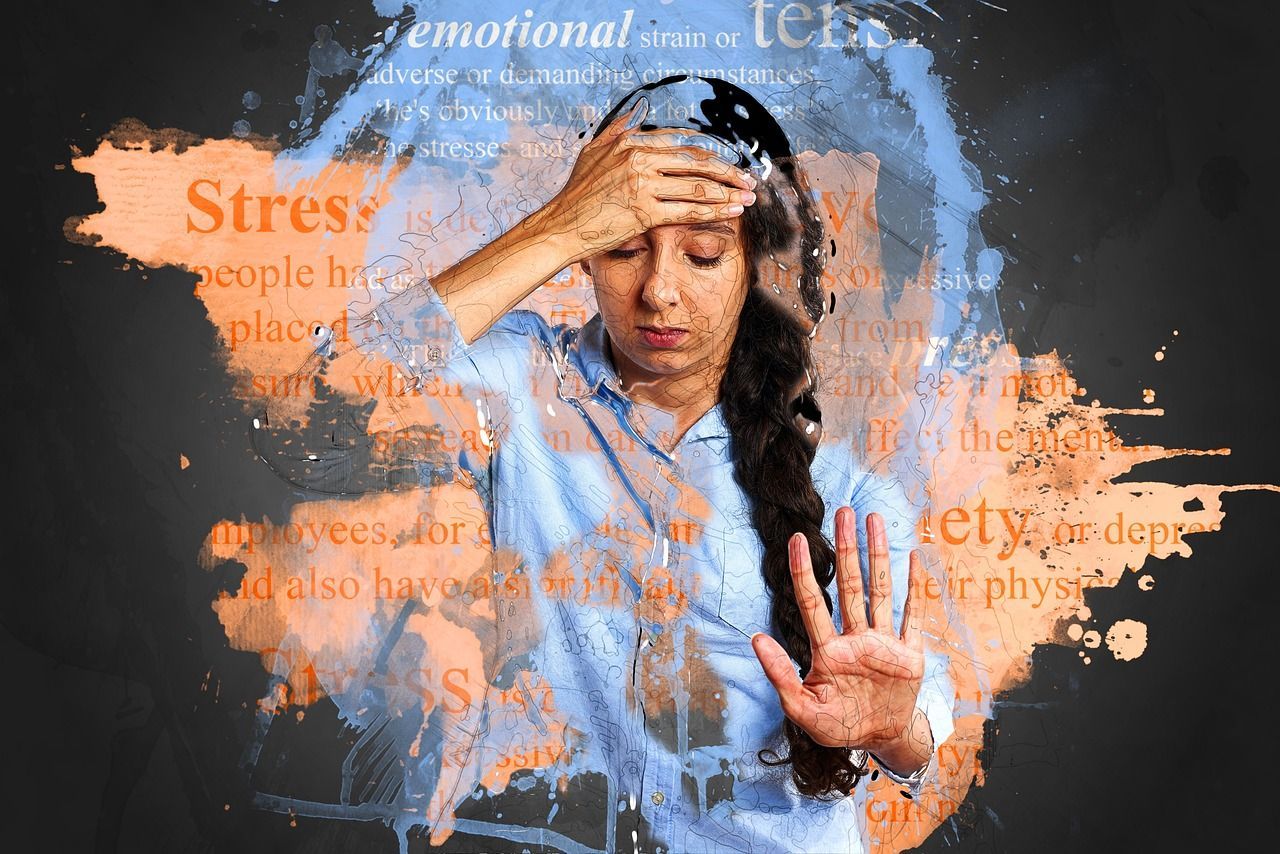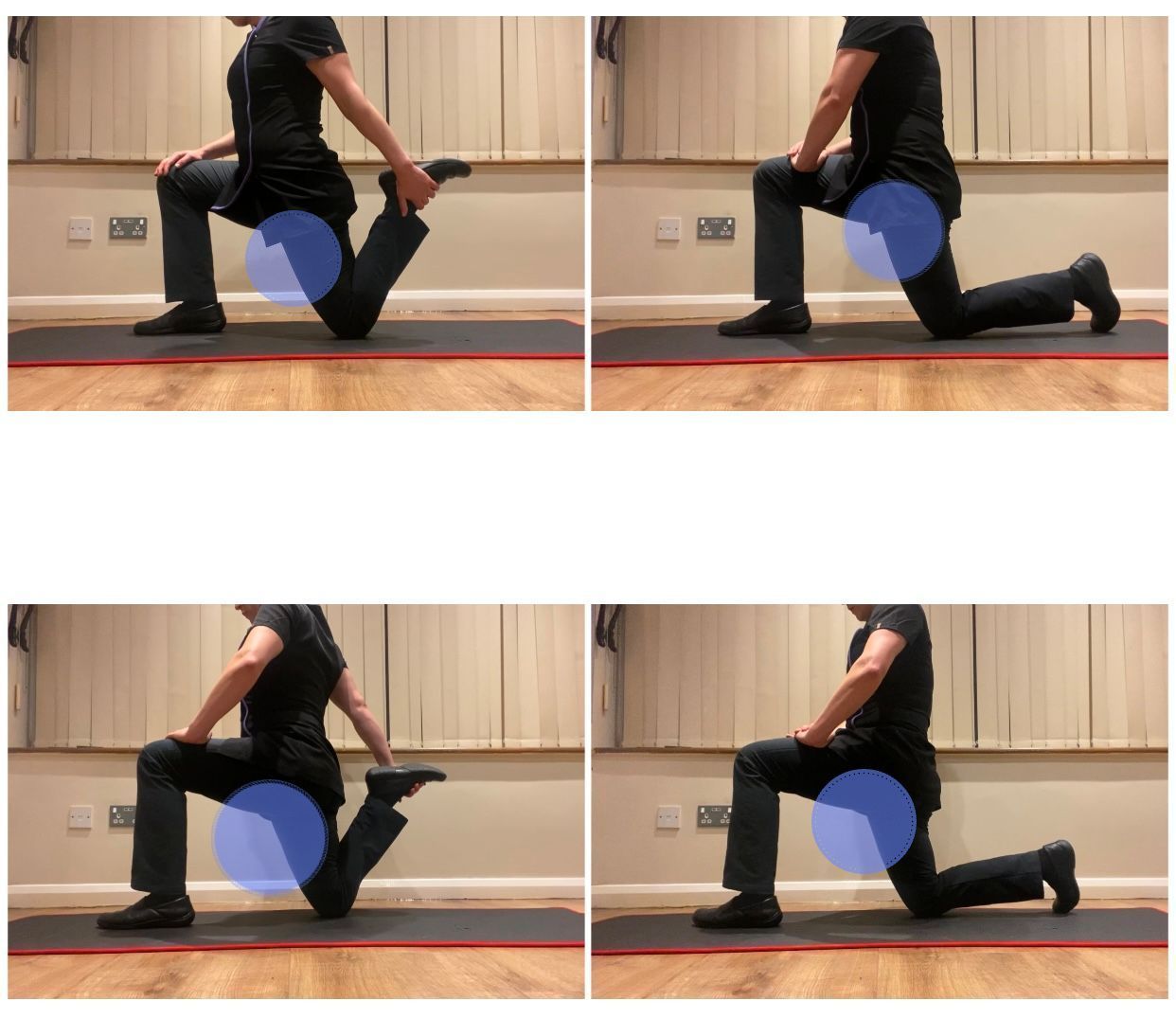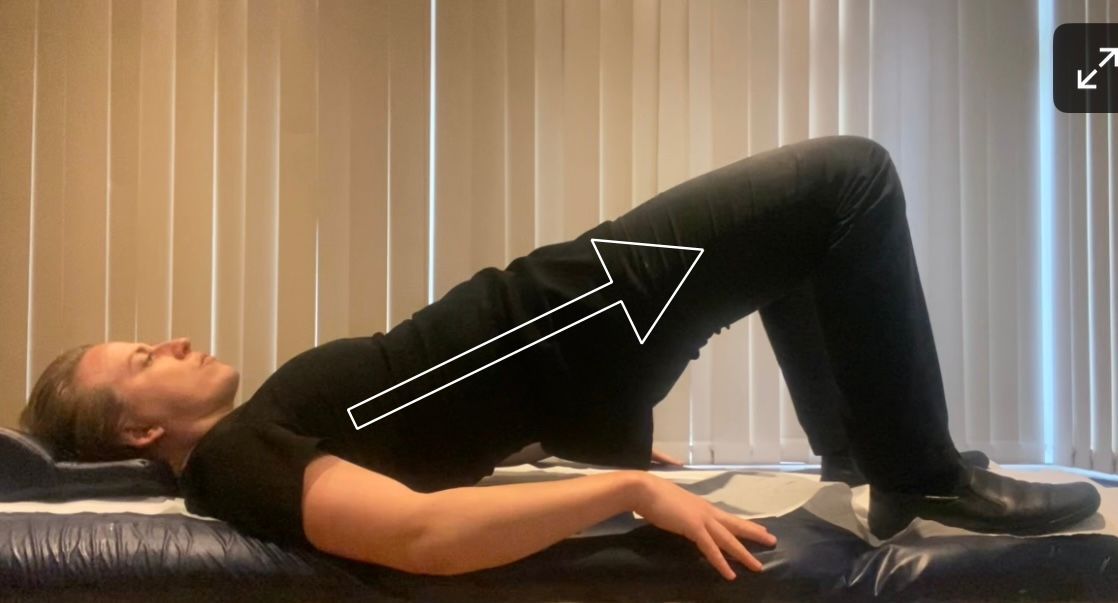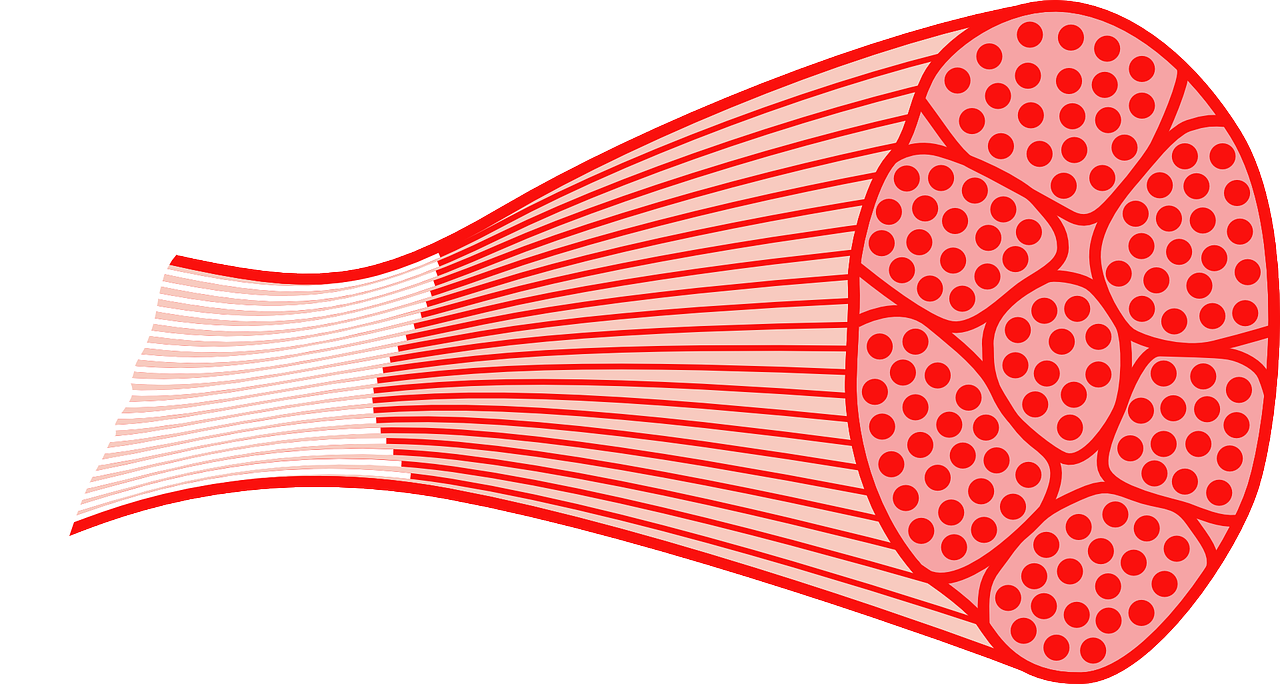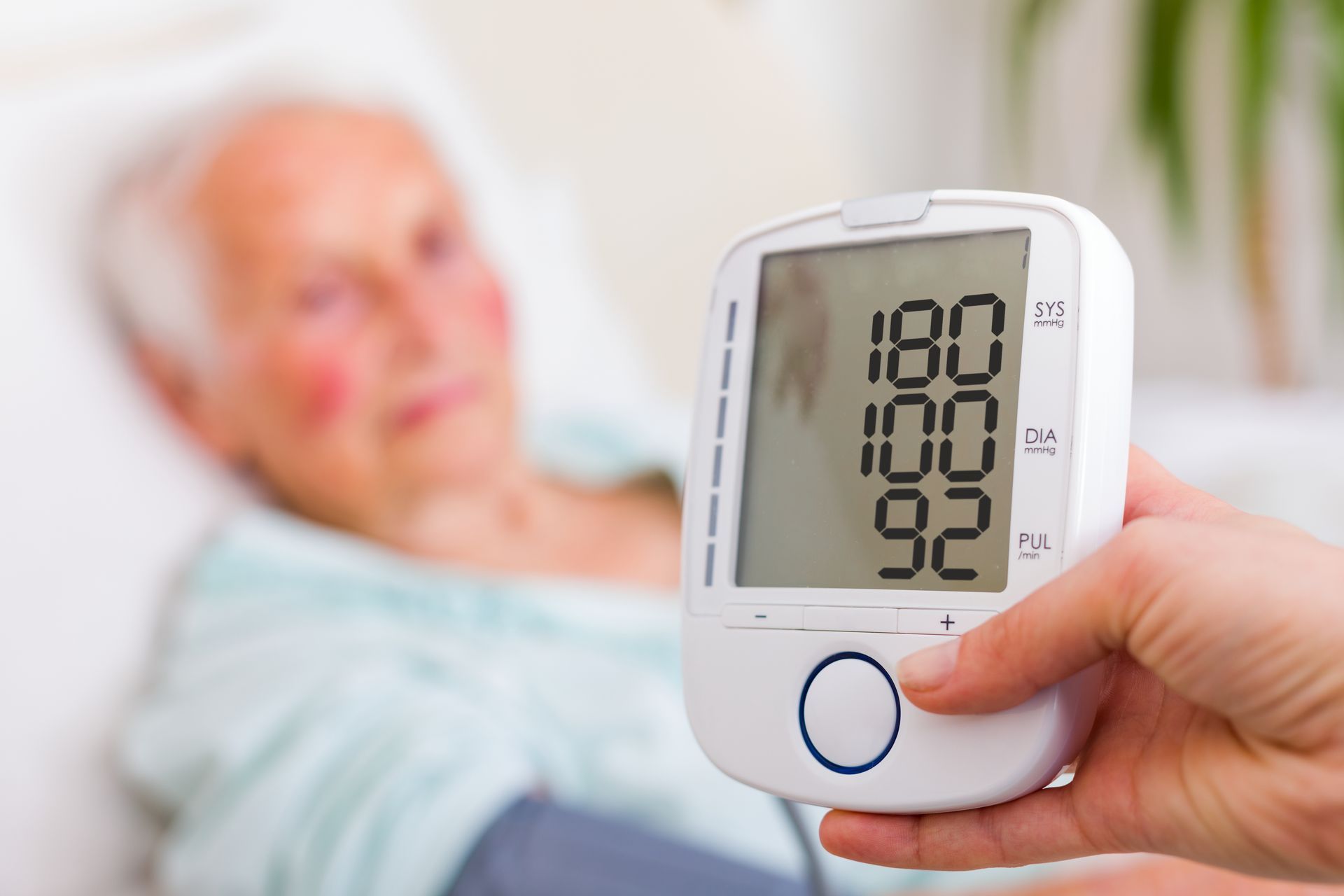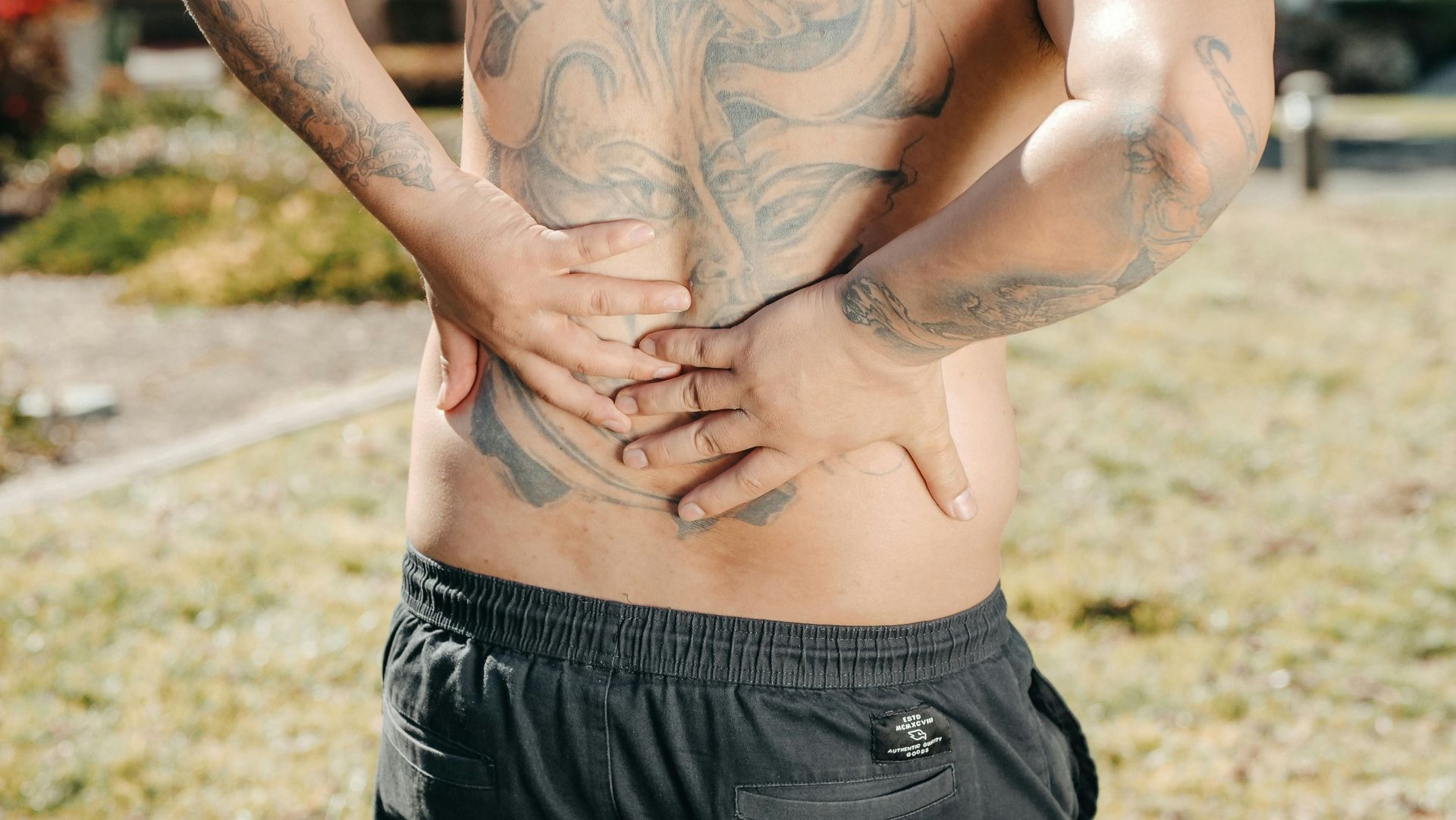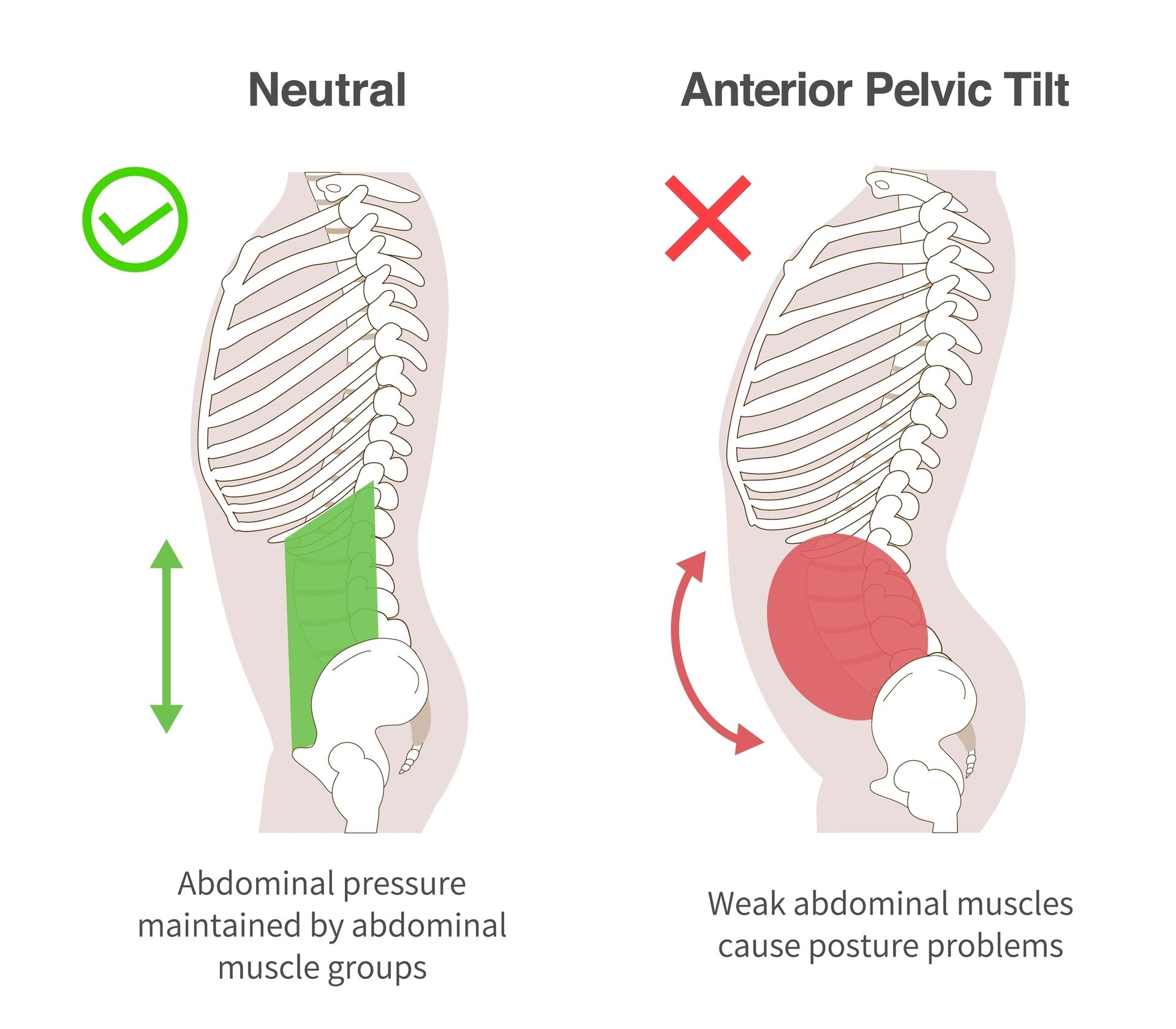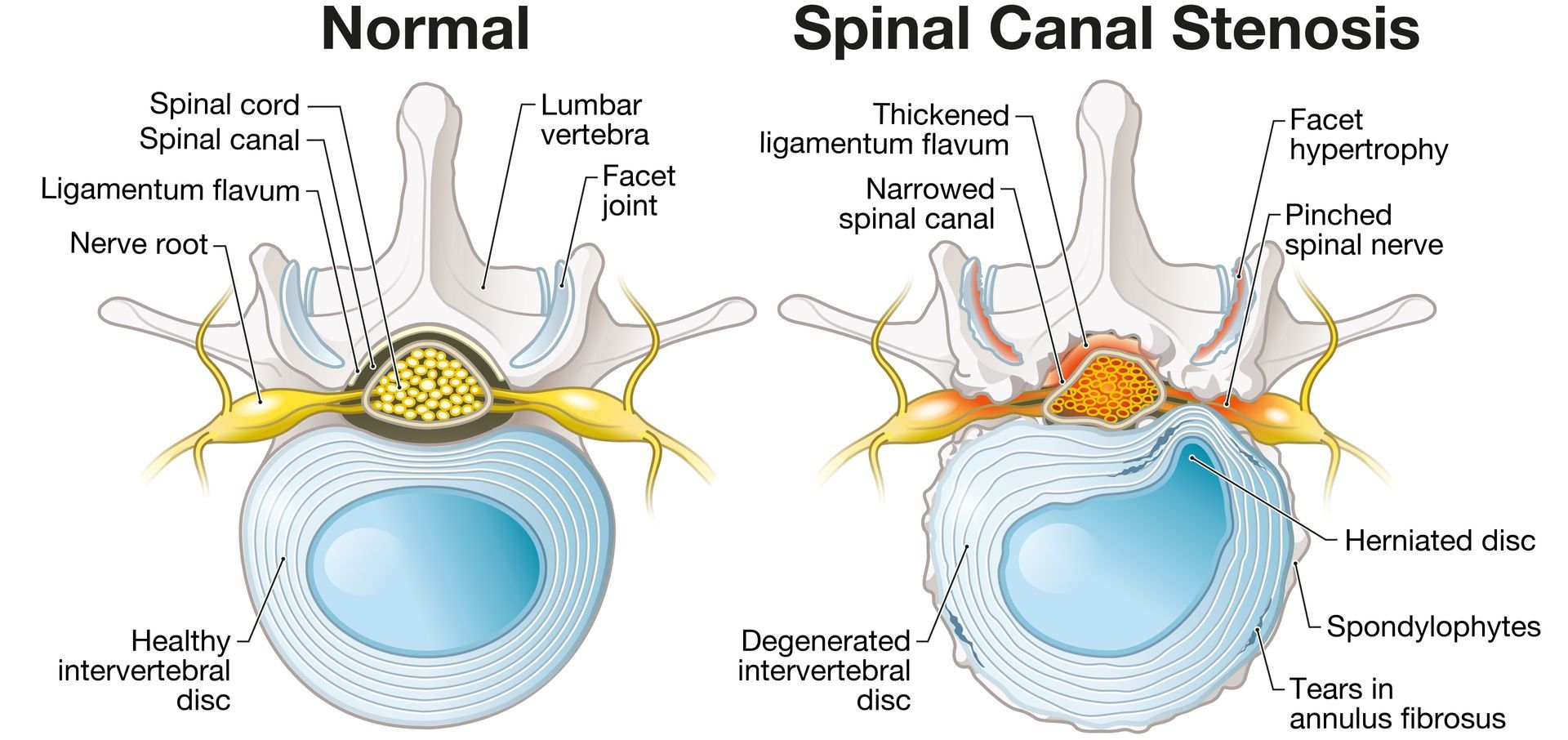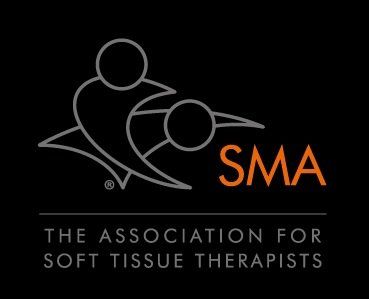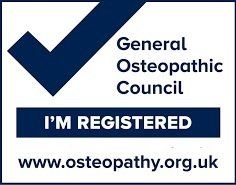Osteoarthritis - 'Wear and Tear' in Joints
- by Joanna Blair
- •
- 22 Nov, 2023
- •
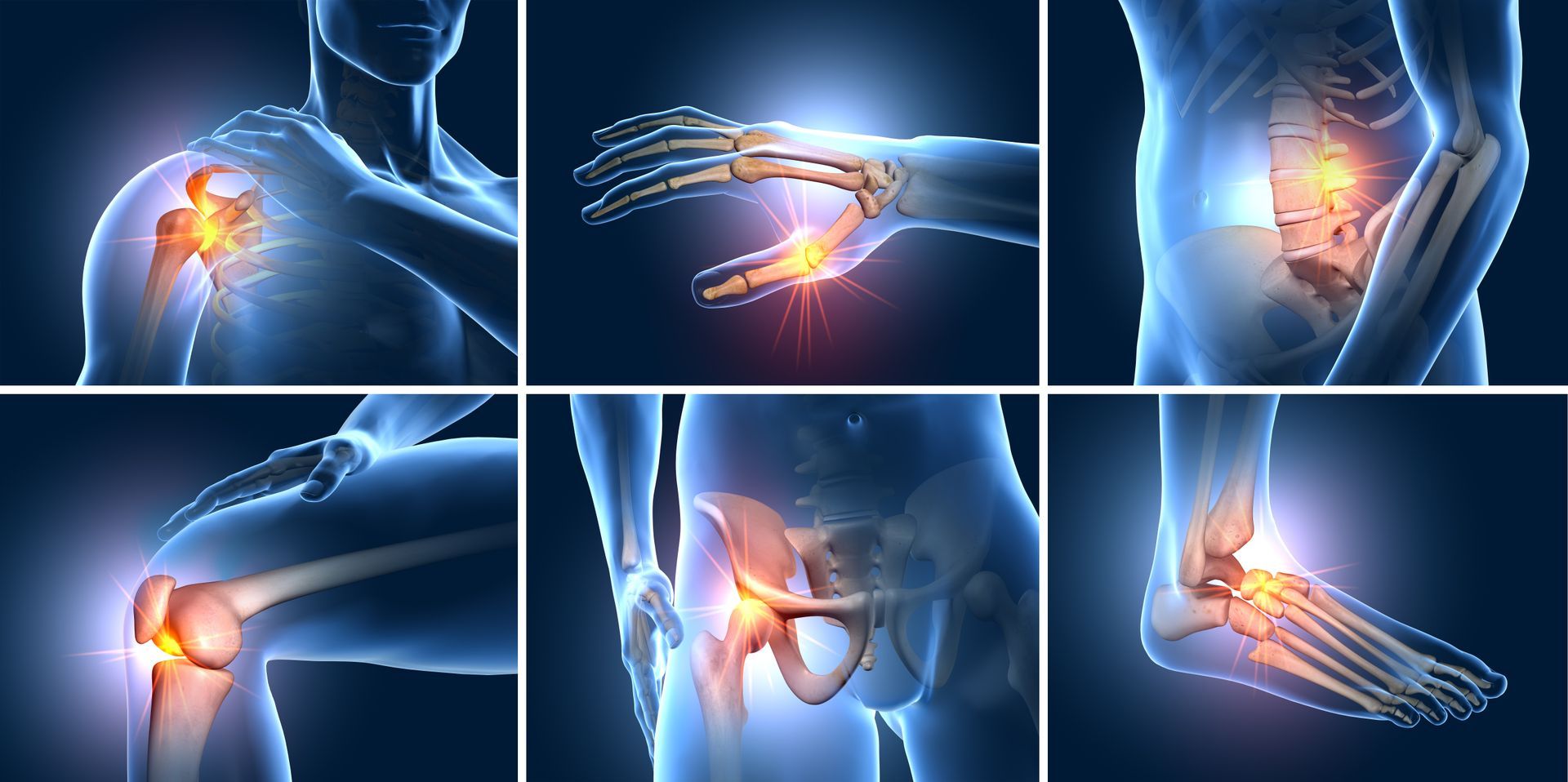
The most commonly affected joints are:
- Knees - Knee osteoarthritis is more usual in older and obese populations with the epidemicity of knee osteoarthritis in females ( 10.3 % ) being higher than that in males ( 5.7 % ) (7).
- Neck
- Lower back
- Hands and fingers
- Pain
- Stiffness
- Joint swelling
- Crepitus or crunchy grinding sound of the joint
Primary & Secondary OA
There are two main types of osteoarthritis:
- Primary OA: Most common form with no known (idiopathic) cause and primarily affects the fingers, thumbs, spine, hips, knees, and big toe.
- Secondary OA: Occurs with a pre-existing joint abnormality or be caused by injury or trauma from repetitive strain from e.g. a manual job or sports-related activity. Inflammatory arthritis is another example such as rheumatoid, psoriatic, or gout; infectious arthritis; genetic joint disorders, such as Ehlers-Danlos (also known as hypermobility or "double-jointed"), congenital joint disorders or metabolic joint disorders (9).
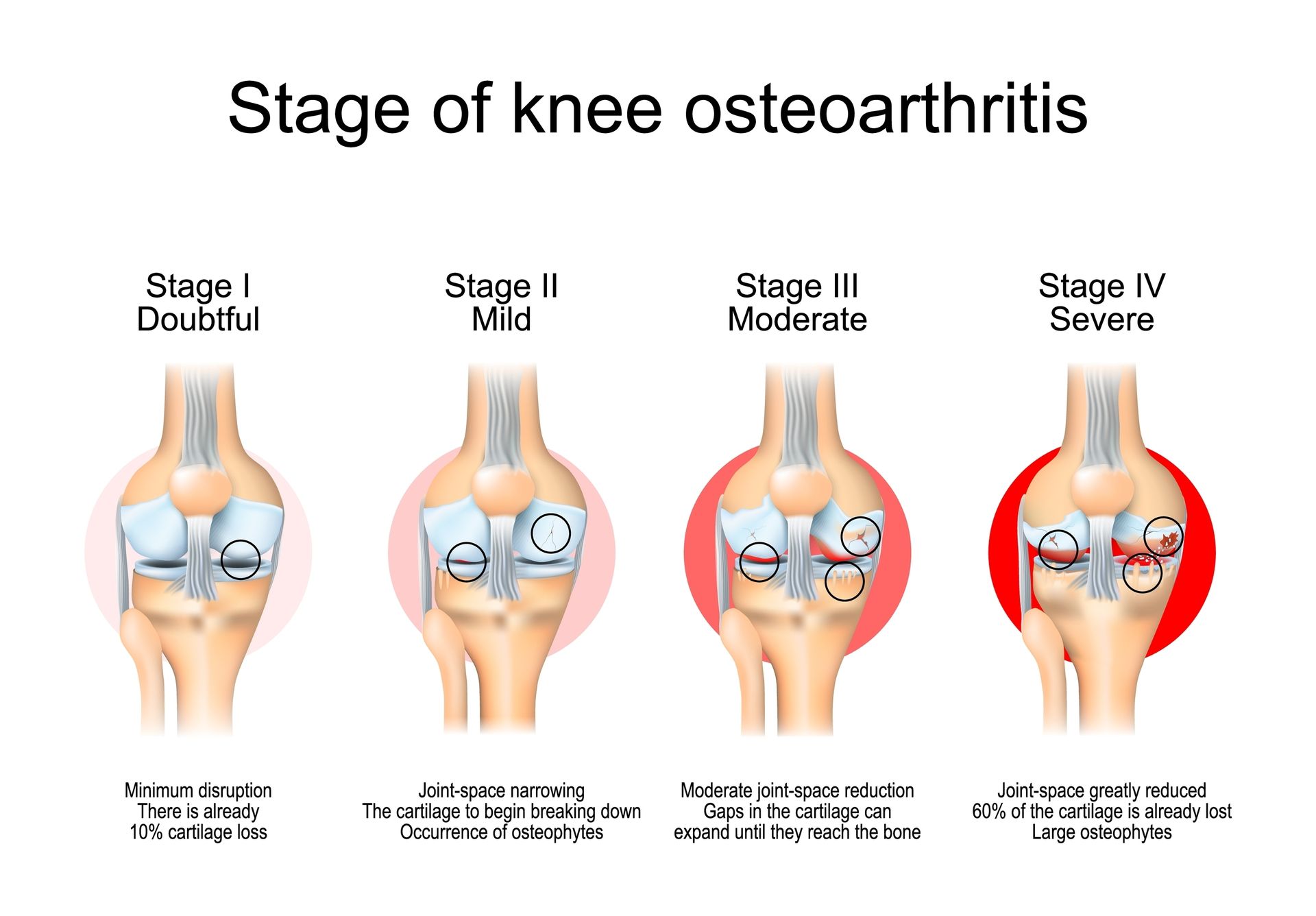
Who is at Risk For Developing Osteoarthritis?
- Obesity - Obese men and women are 4 to 5 times more at risk of developing OA within the knee.
- Diabetes
- Hyperlipidemia (high cholesterol and elevated lipids)
- Low estrogen levels as experienced by post-menopausal women
- Genetics: hereditary conditions such as Ehlers-Danlos syndrome or joint hypermobility can contribute to OA.
- Abnormal biomechanics
- Smoking - studies showing strong evidence that smoking is positively associated with the prevalence of OA (8).
What Is Considered Good Exercise to do For Osteoarthritis?
The Weather & Osteoarthritis
Weather conditions appear to be associated with OA pain, however, studies tend to be inconclusive or have inconsistent findings (9). For the specific meteorological condition, quantitative analysis showed a moderate correlation between OA pain and temperature or Barometric pressure, with relative humidity has a weak correlation.
One study found there to be no association between rainfall on the day of the appointment or rainfall during the week or preceding week and proportion of joint and back. This was concluded after having analysed millions of outpatient appointments and visits of older Americans aged over 65 years old during 2008- 12 including those with rheumatoid arthritis (4).
Diet & OA
There are various studies that conclude A high fat diet exacerbates the progression of osteoarthritis in mice metabolic changes and systemic inflammation brought about by a high fat diet (HFD) appear to be key players in the onset and progression of OA (7).
Several studies show that obesity causes certain metabolic factors that induce the release of specific cytokines (proteins that help control inflammation), such as IL-6, CCL2 and IL-8, proinflammatory adipokines (cytokines produced via adipose tissue) nitric oxide, and metalloproteinases that contribute to the degradation of joint cartilage (1).
There seems to be a mixed view on whether statins can help the development of osteoarthritis, although most studies have found a significant reduction in the risk of developing OA and a reduced risk of radiographic progression in statin users vs. non-users (4).
How Physical Therapy Can Help
Conventional treatments for OA include nonsteroidal anti inflammatory (NSAIDs) drugs and COX inhibitors, moderate exercise such as walking, light weights and aerobic activity and eventually surgery to repair joints.
Massage Therapy
Massage therapy may diminish symptoms and improve the course of OA by increasing local circulation to the affected joints, improve tone of supportive musculature, enhance joint flexibility and relieve pain (10).
A study by Perlman (2018) concluded that 8 weeks of massage provided a statistically and clinically significant improvement of osteoarthritic symptoms by reducing pain, stiffness, timed 50-foot walk and improving physical function compared to a control group in adults with knee osteoarthritis.
References
2. Cleveland Clinic https://my.clevelandclinic.org/health/diseases/5599-osteoarthritis [online] last visited 1/10/2023.
3. Heidari, B., Babaei, M., Yosefghahri, B. (2021) Prevention of Osteoarthritis Progression by Statins, Targeting Metabolic and Inflammatory Aspects: A Review, Mediterr J Rheumatol., 32 (3): 227-236.
4. Jena, A. B., Olenski, A. R., Molitor, D., Miller, N. (2017) Association Between Rainfall and Diagnoses of Joint or Back Pain: Retrospective Claims Analysis, BMJ: 1-4.
5. Perlman, A., Fogerite, S. G., Glass,O., Bechard, E., Ali, A., Njike, V. Y. (2019) Efficacy and Safety of Massage for Osteoarthritis of the Knee: a Randomized Clinical Trial, J. Get Intern Med., 34 (3): 379–386.
6. Sandmeiser, R. H. (2000) Osteoarthritis and Exercise: Does Increased Activity Wear Out Joints? Perm J., 4 (4): 26–28.
7. Sansone, V., Applefield, R. C., Luca, De. P., Pecoraro, V., Gianola, S., Pascale, W., Pascale, V. (2019) Does a high-fat diet affect the development and progression of osteoarthritis in mice? A Systemic Review, 8; 12: 582-592.
8. Swain, S., Sarmanova, A., Mallen, C., Kuo, C. F., Coupland, C., Doherty, M., Zhang, W. (2020)
Trends in incidence and prevalence of osteoarthritis in the United Kingdom: findings from the Clinical Practice Research Datalink (CPRD), Osteoarthritis and Cartilage, 28; 6: 792-801.
9. Wang, L., Xu, Q., Chen, Y., Zhu. Z., Cao, Y. (2023) Associations between weather conditions and osteoarthritis pain: a systematic review and meta-analysis, 55; (1).
10. Yu, C. (2023) Research progress in the treatment of Knee Osteoarthritis, Bio Web of Conferences, 59: 1-6.
